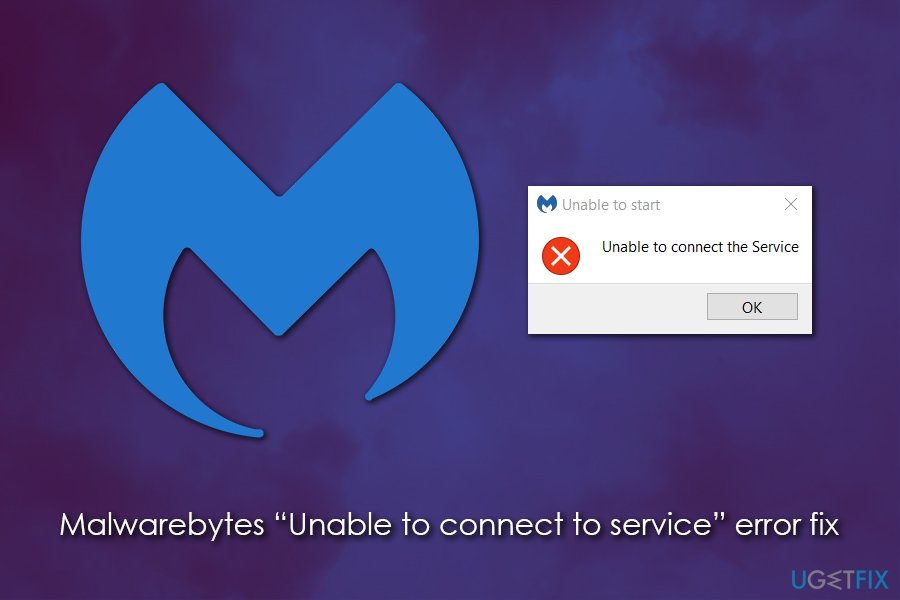

- #Malwarebytes for mac stuck install
- #Malwarebytes for mac stuck update
- #Malwarebytes for mac stuck trial
- #Malwarebytes for mac stuck password
- #Malwarebytes for mac stuck free
Not infected means it didn’t find any rootkit signature, not found means the command to be tested is not available and not tested means the test was not performed due to various reasons. You’ll see one of three output messages: not infected, not tested and not found. You should see some output like what is shown below: Lastly, you will type the following command to run the program: sudo. You may see a bunch of warnings, etc., but just ignore those.
#Malwarebytes for mac stuck install
Go ahead and click on Install to download and install the commands. Before the command will work, you might get a message saying the developer tools need to be installed in order to use the make command. You don’t have to use the sudo command here, but since it requires root privileges to run, I have included it. Once there, you type in the command to make the program: sudo make sense Now open a Terminal window and navigate to the uncompressed directory.īasically, you cd into the Downloads directory and then into the chkrootkit folder. This will uncompress it and create a folder in Finder called chkrootkit-0.XX. Go to the Downloads folder on your Mac and double-click on the file. Go to the site, click on Download at the top and then click on chkrootkit latest Source tarball to download the tar.gz file. It currently checks for about 69 different rootkits.
#Malwarebytes for mac stuck free
chkrootkitĬhkrootkit is a free tool that will locally check for signs of a rootkit. The main thing is that nothing was found when checking for rootkits. You don’t have to worry too much about the commands or startup files messages as those are normally OK. If you want more details about the warnings, type in cd /var/log and then type in sudo cat rkhunter.log to see the entire log file and the explanations for the warnings. At the very end, it’ll give you a nice summary of the results. Lastly, it’ll do some checks on the file system, local host and network. If anything comes up red here, you definitely have a rootkit installed. Here you want to ensure all of them say Not Found. Once that is complete, you will press Enter and it’ll start checking for rootkits. For the most part, we want green OKs here and as few red Warnings as possible. The first thing it’ll do is check the system commands. To do that, use the following command: sudo rkhunter – check Now you can finally run the actual rootkit check. You should get a short message indicating that this process worked. To do this, you need to type the following command: sudo rkhunter – propupd
#Malwarebytes for mac stuck update
At the end, it should say Installation Complete.īefore you run the actual rootkit scanner, you have to update the properties file. If all went well, you should see some lines about the installation starting and directories being created.
#Malwarebytes for mac stuck password
You’ll be prompted to enter your password to run the script. To do this, use the following command: sudo.

Once there, you need to run the installer.sh script. Then open a Terminal window and navigate to that directory using the CD command. Firstly, go to the download page and click on the green download button. It’s relatively easy to use and the output is very easy to understand. Rootkit Hunter is my favorite tool to use on the Mac for finding rootkits. It’s the easiest program to use, but it’s also probably not going to find a really hard to detect rootkit, so if you can take the time to use the command line tools below, you’ll get a much better idea of whether or not you have a rootkit. The cost is $40 if you want to purchase the program and get real-time protection.
#Malwarebytes for mac stuck trial
You can download the free trial and use it up to 30 days. It’s not just for rootkits, but also any kind of Mac viruses or malware. The most user-friendly program you can use to remove any rootkits from your Mac is Malwarebytes for Mac. Since this blog is geared towards beginners, I’m going to try to stick to the easiest tools that you can use to detect rootkits on your Mac.

It’s also worth mentioning that since OS X is based on UNIX, a lot of the scanners use the command line and require quite a bit of technical know-how. If a rootkit is found, it’s up to you to decide whether the removal was successful or whether you should just start from a clean slate. If nothing comes up using multiple tools, you’re probably OK.

If you’re not sure if you have a rootkit, it’s best to use the following tools in the hopes of discovering the rootkit. This is obviously easier said than done and it’s not something I recommend everyone do. For me, if I even suspect there is a rootkit installed on a client computer, I immediately backup the data and perform a clean install of the operating system.


 0 kommentar(er)
0 kommentar(er)
